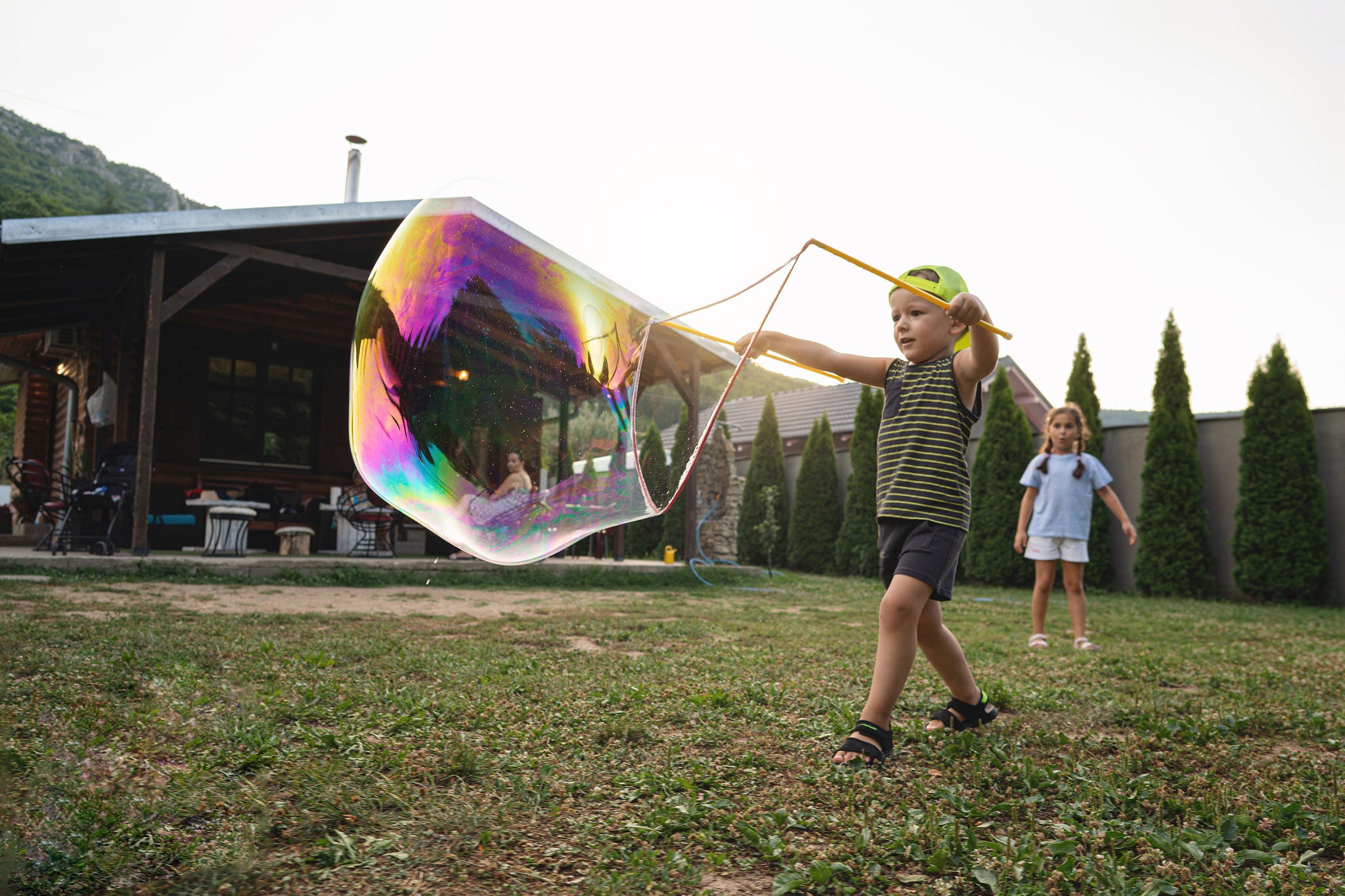EY refers to the global organization, and may refer to one or more, of the member firms of Ernst & Young Global Limited, each of which is a separate legal entity. Ernst & Young Global Limited, a UK company limited by guarantee, does not provide services to clients.
How EY can help
-
The EY Customer Experience solution can help your business integrate CX programs that help deliver sustainable long-term value. Discover more.
Read more
Three perspectives on change for consumer-facing companies
Learnings from the Future Consumer Index coupled with insights from our drivers of change point to three key ways that consumption patterns will evolve in the coming years:
1. Physical products will decline as a proportion of overall consumption
Experiences, digital products and longer product life cycles will drive down the overall volume of physical products needed. Share of wallet is moving toward less-tangible consumables such as experiences, repair services to keep products in circulation longer, or virtual goods and services that are traded in online economies.
2. Basket and product sizes will change for asset-light lifestyles
Less will be more in a future landscape where frugality confers status, everything can be rented or subscribed to, and changing household sizes dictate how much people choose to buy. Bulk buying will be less prominent as single-person households increase in number, while buying “better, not more” and renting the rest will become more common as consumers rethink whether they need to fill the limited space in their lives with possessions they don’t need to own.
3. Consumer choices will be enabled by simplicity and transparency
Artificial Intelligence (AI) will increasingly allow consumers to cut through complexity, enabling purchase decisions framed by seamless convenience as much as price. But consumers will also make considered choices in areas that matter to them. They may give little thought to the delivery of everyday essentials, as long as the goods meet price and purpose expectations. Consumers will, however, spend their time and money on the products and services they truly care about.










